OMS FOR ACADEMIA
More simulation, more often.
Without sacrificing quality.
Bring immersive simulation to your learners. Get better insights on performance, and save time with the comprehensive OMS platform.
UNLIMITED CLINICAL PLACEMENTS
Guarantee standardized clinical experiences.
For every learner.
With OMS, every learner gains clinical experience and leads patient care in a safe environment.
An expert team of Clinical Authors creates every OMS scenario. To date, they have crafted over 240 scenarios, all aligned with best practice standards.
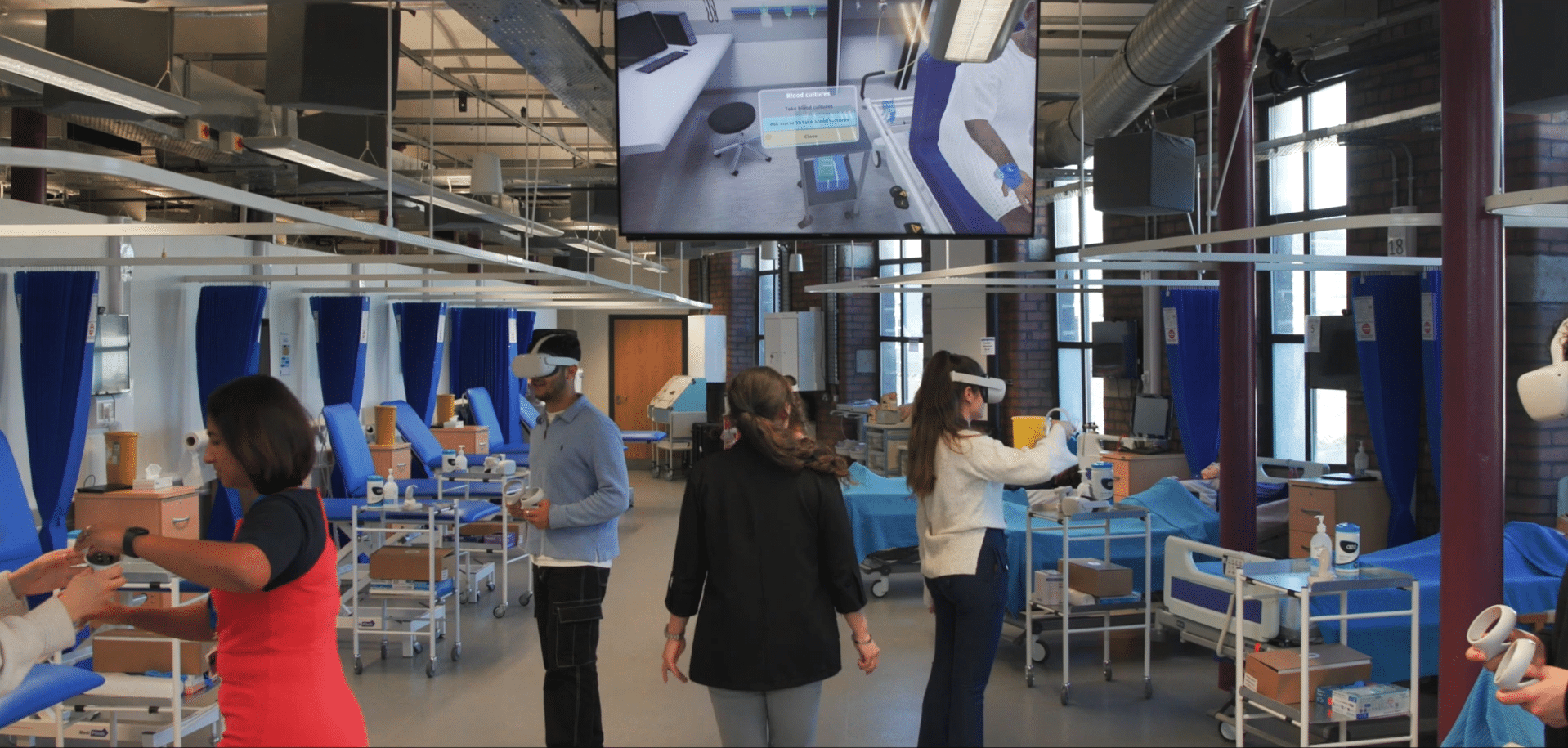
ONE TOOL TO RULE THEM ALL
Map, track, eliminate.
All in one place.
As well as being able to scale clinical placements, with OMS, you can also map and track competency, standardize feedback, and eliminate assessment bias.
Plus, you can do all that while reducing your sim costs and relieving pressure on faculty.
Map & Track Competency
Link your simulation to specific competencies, track progress with analytics, and remediate any knowledge gaps.
Make mistakes
in a safe space
Practice clinical decision making and learn from mistakes without ever harming a patient.
Objectively measure
clinical performance
Utilize evidence-based feedback with repeatable scenarios and track individual or cohort progress using data & analytics.
Eliminate assessment bias
Use standardized scenarios and objective data & analytics to improve assessments processes and eliminate bias.
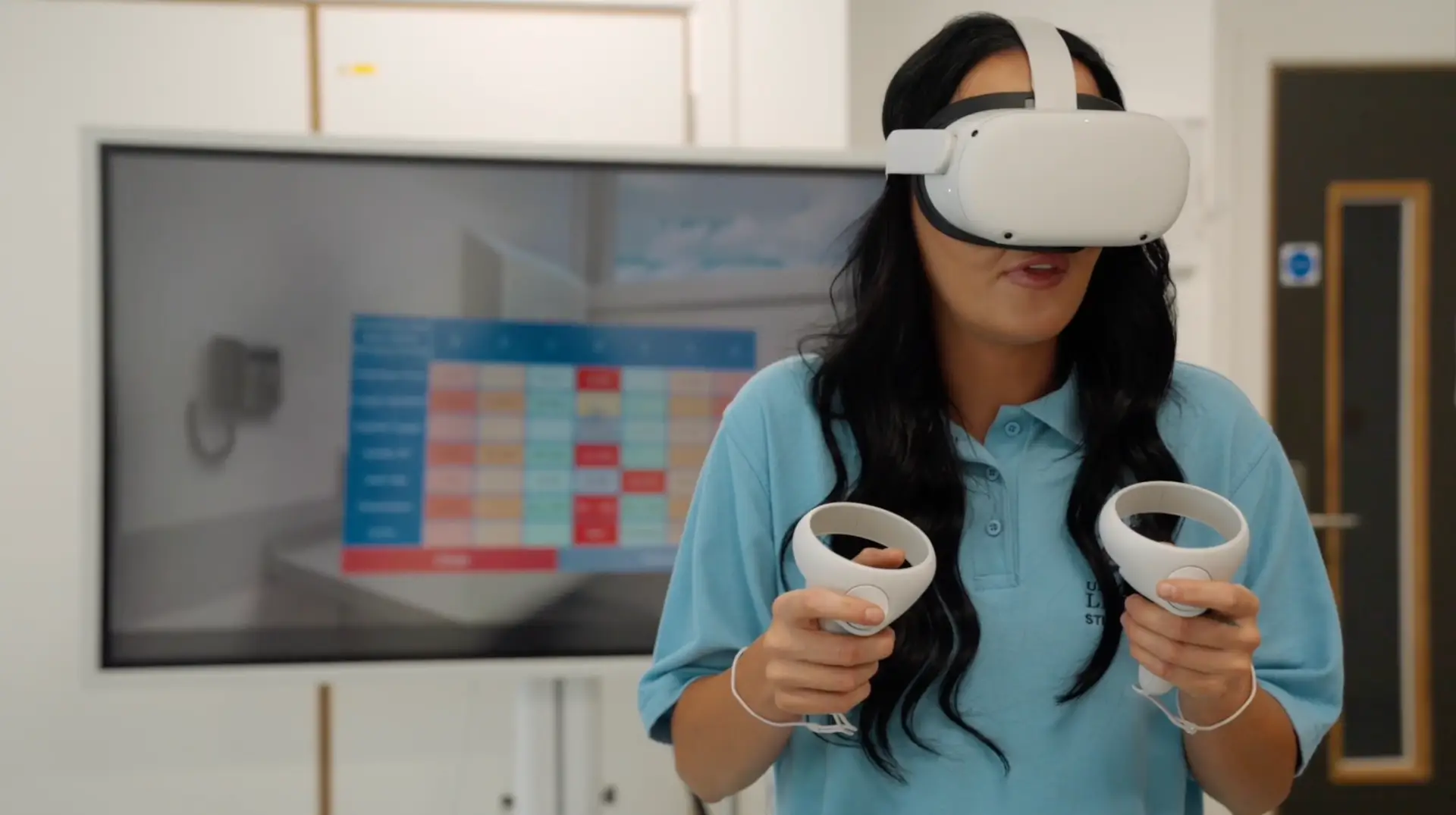
1-TO-1 EXPERIENTIAL LEARNING
Help improve healthcare.
One nurse at a time.
Bridge theory and practice for learners to apply their skills in or outside the classroom.
Build learner confidence and competence, and support their transition to practice, giving them the resources they need to succeed in the clinical setting.
Here, there, everywhere.
Simulations on demand.
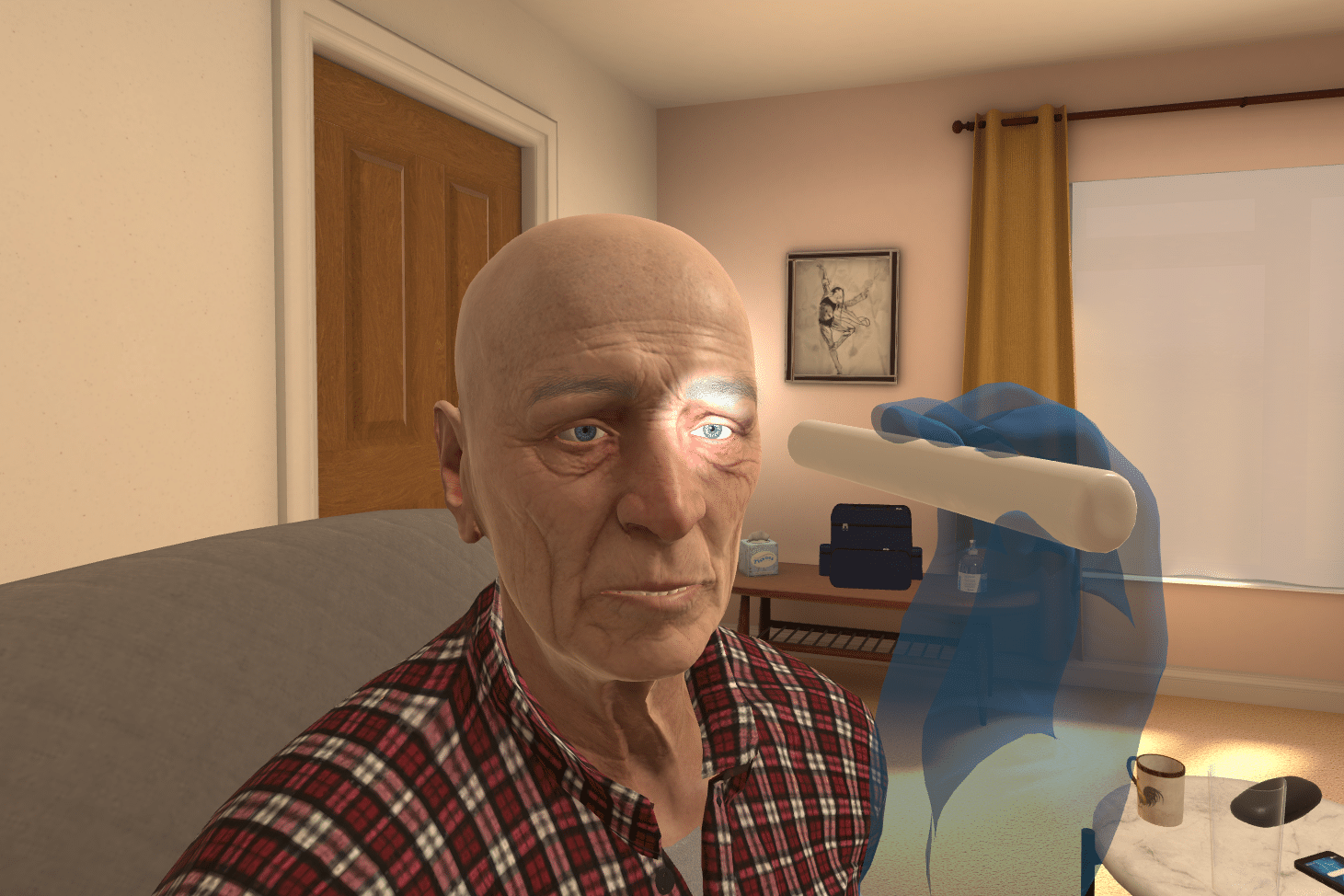
With or without a facilitator
OMS runs with or without a facilitator present, giving students freedom to learn at their own pace and reducing staff time to run.
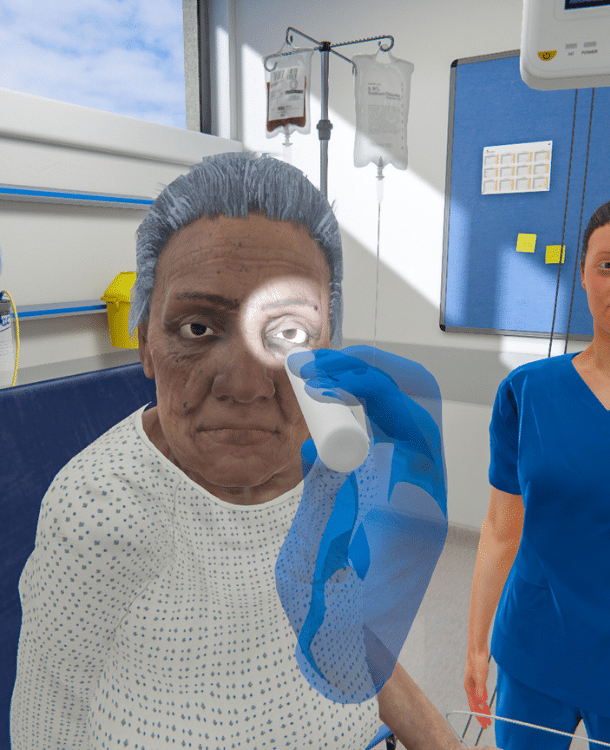
Standardized & objective
Give every learner a chance to see specific clinical situations. Track progress and remediate knowledge gaps with objective data & analytics.
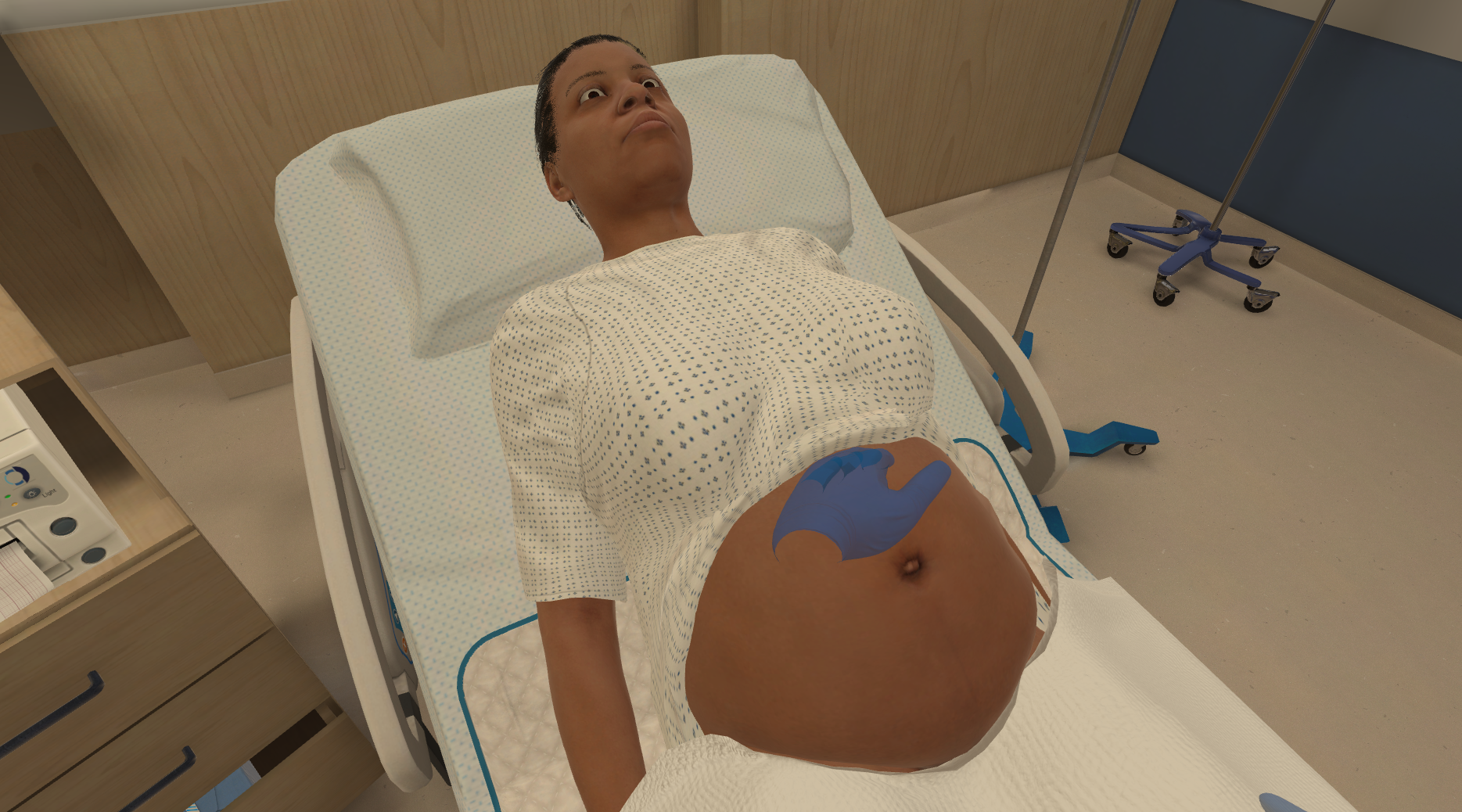
250+ scenarios!
Select from over 250 clinical scenarios across multiple specialties - designed to focus on clinical decision-making and effective, timely intervention.
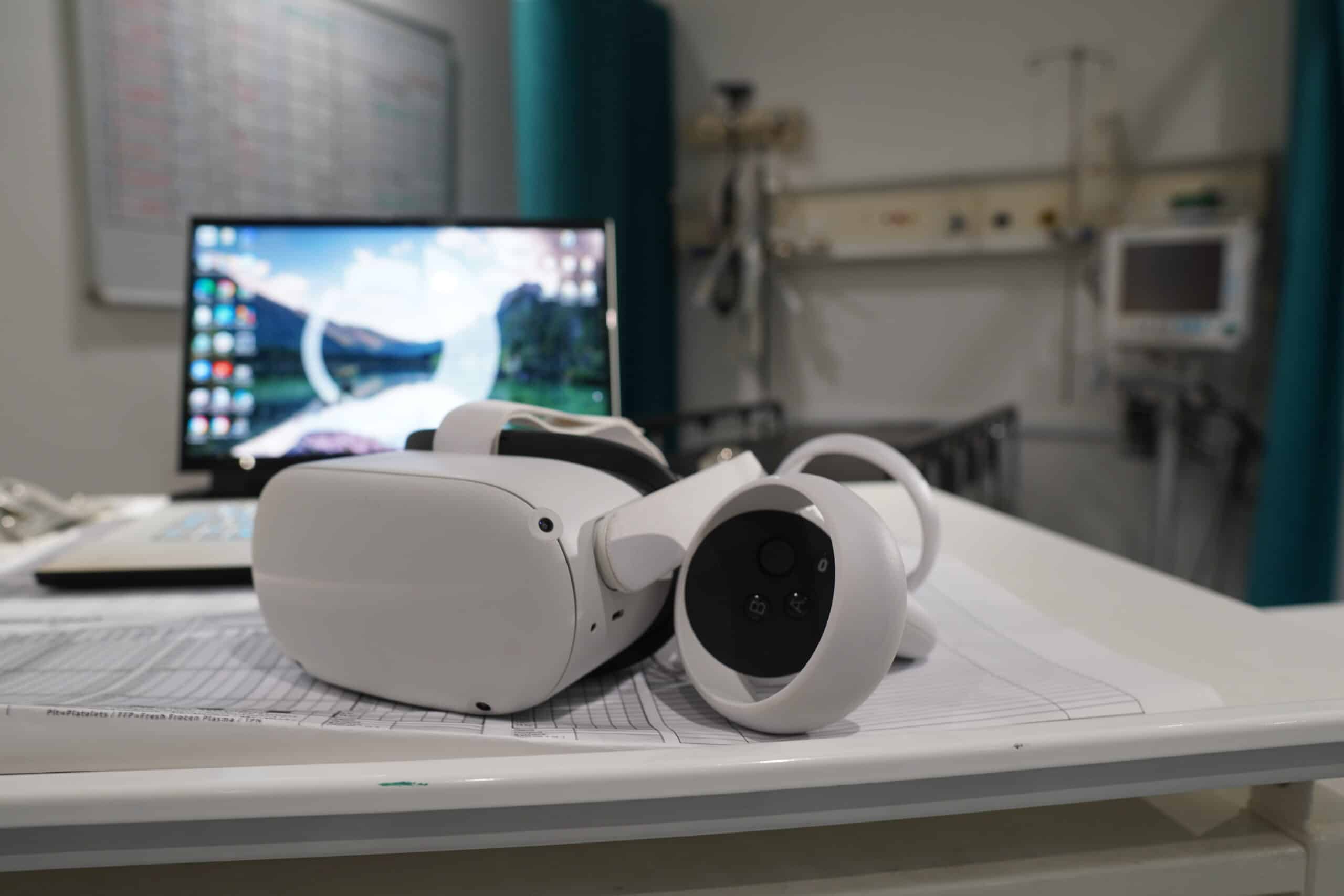
VR or on-screen
Combine automation and availability, allowing learners to run scenarios whenever and wherever they're needed.
Frequently Asked Questions
Find answers to questions Faculty have on VR in academia!
Is VR expensive to integrate into our program?
While the price varies, adopting virtual reality in nursing can reduce time, equipment, and costs associated with simulation. One case study found that using OMS led to a 74% reduction in time and equipment costs compared to traditional simulation methods.
Other studies have shown similar findings, noting that VR simulation requires 22% less time and is 40% less expensive than physical simulation. A cost-utility analysis conducted by Haerling demonstrated the cost-utility ratio of virtual simulation to be $1.08 compared to physical simulation at $3.62 – the paper also found that while less expensive, VR ultimately delivered the same learning and performance outcomes as physical simulation.
What are the benefits of VR in nursing education?
Virtual reality simulations are a way to provide immersive, 1-to-1 (or group-based) experiential learning opportunities to students.
OMS scenarios can be accessed in-headset or on a desktop, meaning students can practice their skills wherever and whenever needed. You can use scenarios to support in-classroom learning alongside didactic lessons, as a way to objectively assess clinical performance, or as a way for students to apply their skills independently without the need for a facilitator.
VR can mean more simulation, more often, with fewer costs.
How can I get students and faculty excited about VR simulations?
For many students (and educators), VR has been reported as an easy-to-use, highly-rated learning experience, and a tool 95.5% of learners would recommend to their peers.
To ease the transition, OMS recommends an orientation session or experience, like a faculty day. Provide educators and learners with written resources that OMS can help provide you with, or set aside some time for everyone to walk through a tutorial scenario.
Are VR nursing scenarios aligned with standards of best practice?
At OMS, scenarios are created by an in-house team of Clinical Authors who are clinicians, simulationists, and educators with a wealth of experience in healthcare education and direct patient care.
Clinical Authors use best practice guidelines to ensure alignment with standards of care, and all OMS scenarios undergo a rigorous peer review process to ensure a scenario is ready for release.
Are there different ways to interact in the simulation?
Yes! Depending on the learner level and objectives, different modalities allow for various levels of interaction in the simulation.
For example, a communication-based scenario allows the learner and the virtual patient to have a real conversation, leaving the simulation very open-ended for learners to build communication skills. Other scenarios allow for menu-based interaction or more hands-on interactivity for procedural skills.
What data do learners & educators receive from the simulation?
The OMS platform is a comprehensive learning tool that logs and tracks data for both learners and educators.
Learners will receive immediate feedback following a scenario with areas of strength and improvements alongside evidence-based rationale.
Educators are able to access individual or cohort-based data to identify trends and remediate knowledge gaps.
With the Competency Mapping & Tracking feature, data can be even more specific, bridging theory and practice by logging actions taken in scenarios and aligning them with the core components of a given competency framework.